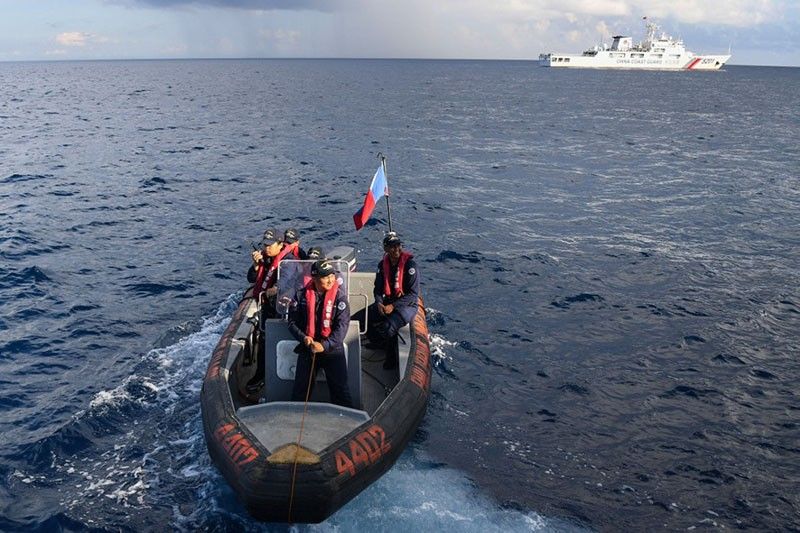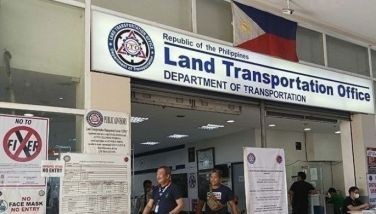Implementing a community-based approach in the West Philippine Sea

Discussions on the West Philippine Sea often focus on finding military solutions to drive away Chinese vessels encroaching into Philippine territory and to assert its 2016 victory at the Permanent Court of Arbitration.
Questions on the country’s capability to confront challenges and the need for assistance and defense cooperation from like-minded states come into mind.
The latest report by the Philippine Coast Guard states that more than 100 Chinese vessels were spotted in the West Philippine Sea, where Chinese vessels were involved in “aggressive tactics “and “dangerous maneuvers” against the PCG. Serious incidents such as these and the experiences of the Armed Forces of the Philippines in safeguarding the maritime area lend the issue a strong defense and security angle.
In reality, however, the volatility of the security environment in the West Philippine Sea also comes at the cost of the livelihood of the fishermen as well as the safety of the residents of Pag-asa Island.
According to the 2020 census of the Philippine Statistics Authority, there are 193 residents on the island. The scientific community is also concerned about preserving marine life in the Philippine waters. With an array of stakeholders, defending the West Philippine Sea can be done in various non-military, bottom-up ways with focus on building the community of Kalayaan.
The West Philippine Sea’s potential for tourism is vast, on which the local government unit has a valuable role to play. Banking on the rich biodiversity of its marine environment, the municipality of Kalayaan has already introduced The Great Kalayaan Expedition, which offers a seven-day tour package of the WPS. This includes a tour of Lawak Island, Patag Island, Likas Island, and Pag-asa Island, complemented by water activities.
Visiting the area was previously limited to military air and sea patrols; hence, this initiative effectively opened up the islands to the public. This will also assert the Philippines’ arbitral victory through the regular presence of Filipino civilians on the islands.
The expedition is still in its early phase and only has a limited run. And so, on top of this tourism initiative, another way to regularize the Filipino presence in the area is by offering a regular ferry service from Puerto Princesa to Pag-asa Island.
Given the limited resources and supplies on the island, these residents need to travel to Puerto Princesa onboard a military seacraft on the occasion that it is in the area. Convenience and accessibility are a problem as these trips do not have a fixed schedule in traveling to and from Pag-asa Island.
Boosting the tourism potential of the West Philippine Sea asserts the country’s arbitral victory. Aside from providing the travel needs of the residents, the ferry service can also serve the general population interested in visiting the island.
The municipality of Kalayaan can manage the service, and the national government can subsidize the cost. Once the island becomes more accessible, tourism facilities such as restaurants and hotels must be built. Ultimately, this will generate economic activity and create jobs for the residents.
Aside from this, collaboration between the local government unit and the national government can focus on developing the municipality to include strengthening support for the education and health services for the residents. This way, the needs of the community will be met; this will make the island more livable.
China’s strategy in the South China Sea not only includes building artificial islands and developing military capabilities. In the disputed Woody Island in the Paracels, China recently opened a hotpot restaurant that can accommodate 120 guests. This is on top of the school, court, cinema, banks, coffee shop, stadium, and hospitals in the island that services its population of 2,300.
Implementing a bottom-up approach with the leadership of the local government unit may serve as a practical solution to the issues in the West Philippine Sea. Giving attention to other security risks and civilianizing the solutions in the maritime territory contributes to the assertion of the Philippine victory and the exercise of its territorial integrity.
While defense officials work on their respective framework and approach, investing in tourism initiatives and strengthening local support for residents is indeed strategic and economic. In pursuing an approach that focuses on community-building, the Philippines further strengthens its effective occupation of and asserts its presence and jurisdiction over the West Philippine Sea.
Alynna Carlos is a program manager at the think tank Stratbase ADR Institute.
- Latest





























